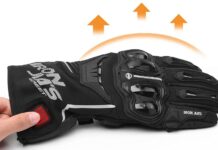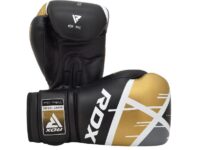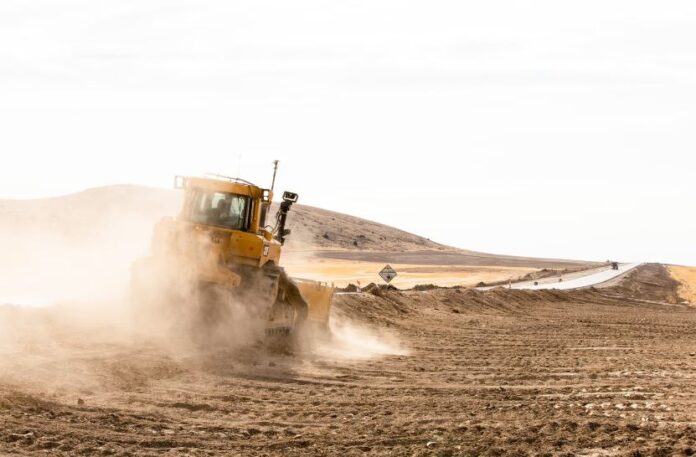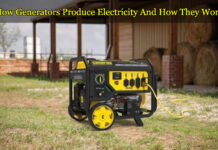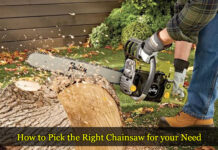There are various types of earth engineering tasks. As a result, defining or employing a single optimal earthmoving technique for all earth engineering jobs is difficult. Every system has its own set of capabilities. The tasks performed by an articulated truck with an excavator are not the same as those performed by a wheel tractor scraper. The cut and filled characteristics of the main site play a big role in choosing the right earthmoving system.
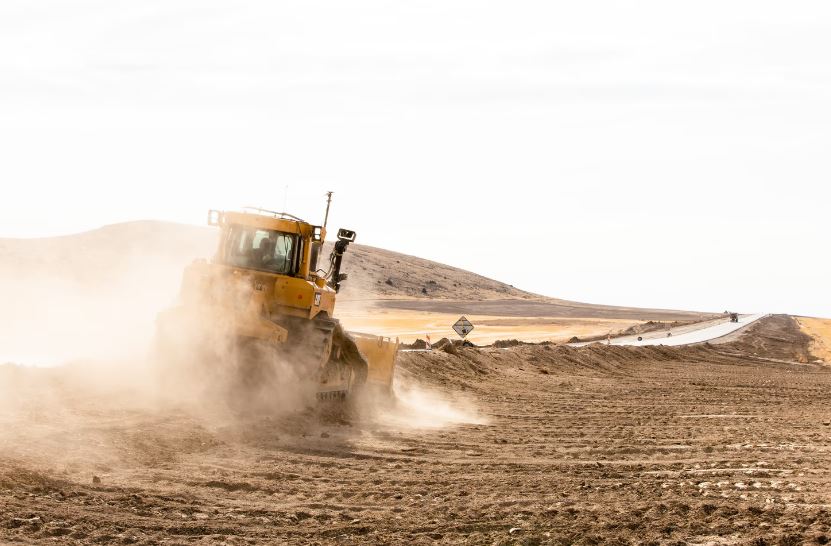
However, there are a few basic considerations to make before choosing the optimal system for any work.
Type Of Material
The type of material on a jobsite is the most important factor to consider when choosing an earthmoving technology. Take the tractor scraper and articulated vehicle, for example. Scrapers are recommended by experienced engineers if the conditions are right and the loading material is smooth and distributes freely. Wheel tractor scrapers are believed to be ideal for locations with sandy loam soil since they can readily draw through it and load it rapidly.
Scrapers, on the other hand, will not perform well on rocky soils or wet clay. Scrapers can’t easily pull through rocky soils, thus an articulated truck would be better for this. The basic message is that you should thoroughly understand the material before selecting any earthmoving system.
Versatility And Flexibility
Soil conditions can be substantially altered by sudden weather changes. Extreme heat can toughen the soil, while excessive rain will make it extremely smooth. As a result, when purchasing a system, be sure it is versatile and flexible. You should choose an earthmoving technology that is adaptable enough to shifting weather conditions.
Transporting Distance
When it comes to vehicle and equipment selection, hauling distance is critical. When the transportation distance is short, compact vehicles will suffice. However, if earth must be excavated over longer distances, a larger, more powerful vehicle will be necessary. Smaller cars will be unable to withstand the pressure for long periods of time, and there is a risk of breakdown. You’ll have to pay for additional repairs.
Cut
The length and depth of cuts on the jobsite have a significant impact on the earthmoving system that is chosen. When the length of the cut is less than 100 feet, loading a scraper becomes challenging. With articulated haulers, however, this is not the case. These systems have a top-loading design that allows them to fit easily under excavators even in the tightest of places.
The State Of Towing Roads
Before deciding on an earthmoving system, it’s important to examine the towing distance as well as the state of the towing routes. On smooth roads, both scrapers and trucks can function effectively, but uneven roads can be a problem for the former. Rough roads will also put extra strain on automobiles because they will have to expend more power.
Final Thoughts
Apart from the aforementioned factors, when selecting the correct system, one should also consider operational costs, system features, and operator skill. When customers employ an earthmoving business, they often delegate all work to them. This should not be done, and before employing earth moving firms, consumers should think about a variety of economic and application-related considerations before making a decision.


